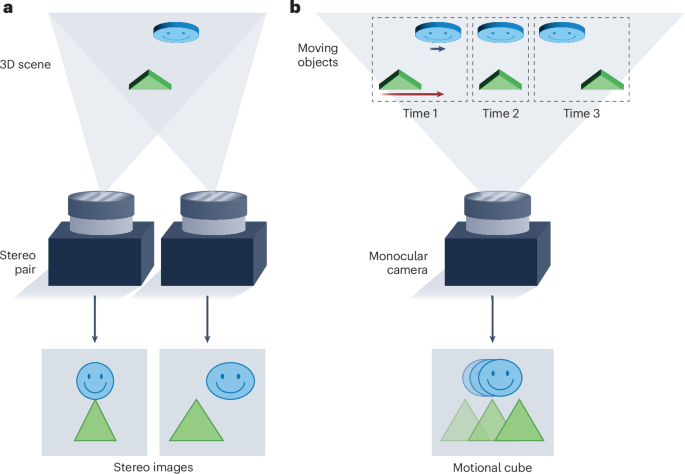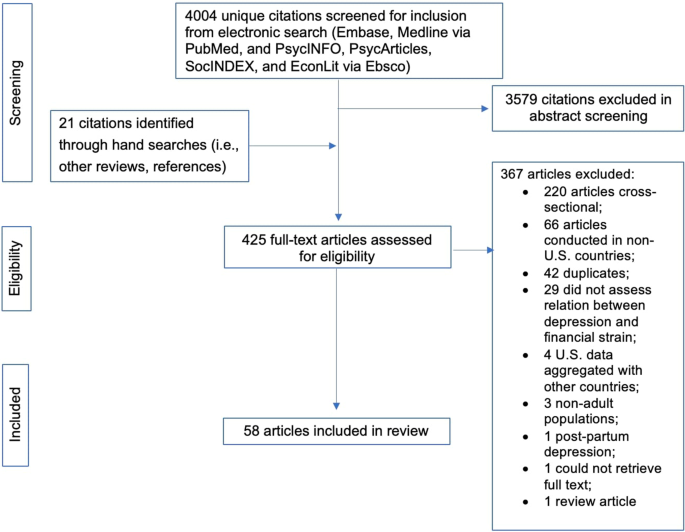
- Select a language for the TTS:
- UK English Female
- UK English Male
- US English Female
- US English Male
- Australian Female
- Australian Male
- Language selected: (auto detect) - EN
Play all audios:
Access through your institution Buy or subscribe The study by Victoria Brown, Peng Jin and colleagues involved two microarray experiments. In the first, mRNA isolated from mouse brain was
compared with mRNA that had been immunoprecipitated with an FMR1 antibody, the aim being to find mRNA that was bound to FMR1. Of the >25,000 genes screened, 432 were identified that were
enriched by immunoprecipitation. The second study compared polysomal RNA from fragile X with control human cell lines. The authors reasoned that if FMR1 regulates translation by binding to
polysomal RNA, the absence of FMR1 in the fragile X cell lines should lead to differences in the abundance of specific polysome-associated RNAs. In this experiment, >35,000 genes were
compared, and 251 showed substantial differences in abundance between the polysomal RNA fractions of the fragile X and control cell lines. A partial comparison of the sets of genes revealed
14 that were identified in both experiments, and could therefore be targets for regulation by FMR1. The second paper reports a biochemical approach to finding the optimal RNA target sequence
for FMR1. After several rounds of selection from a pool of random RNA sequences, Jennifer Darnell _et al_. identified an RNA molecule that bound to FMR1 with high affinity. They then
defined the minimal sequence required for binding, and concluded that FMR1 requires a specific RNA structure called a G quartet, which is present in only a small percentage of transcripts.
They tested 12 such transcripts for binding to FMR1, and found six that bound. So, there is more to find out about the requirements for FMR1 binding, but the presence of a G quartet is a
good pointer. This is a preview of subscription content, access via your institution ACCESS OPTIONS Access through your institution Subscribe to this journal Receive 12 print issues and
online access $209.00 per year only $17.42 per issue Learn more Buy this article * Purchase on SpringerLink * Instant access to full article PDF Buy now Prices may be subject to local taxes
which are calculated during checkout ADDITIONAL ACCESS OPTIONS: * Log in * Learn about institutional subscriptions * Read our FAQs * Contact customer support REFERENCES ORIGINAL RESEARCH
PAPERS * Brown, V. et al. Microarray identification of FMRP-associated brain mRNAs and altered mRNA translational profiles in fragile X syndrome. _Cell_ 107, 477–487 (2001) Article CAS
Google Scholar * Darnell, J. C. et al. Fragile X mental retardation protein targets G quartet mRNAs important for neuronal function. _Cell_ 107, 489–499 (2001) Article CAS Google Scholar
FURTHER READING * Chelly, J. & Mandel, J.-L. Monogenic causes of X-linked mental retardation. _Nature Rev. Genet._ 2, 669–680 (2001) Article CAS Google Scholar Download references
Authors * Mark Patterson View author publications You can also search for this author inPubMed Google Scholar RELATED LINKS RELATED LINKS WEB SITES Stephen Warren's lab Robert
Darnell's lab RIGHTS AND PERMISSIONS Reprints and permissions ABOUT THIS ARTICLE CITE THIS ARTICLE Patterson, M. Twin-track approach to fragile X. _Nat Rev Genet_ 3, 4 (2002).
https://doi.org/10.1038/nrg719 Download citation * Issue Date: 01 January 2002 * DOI: https://doi.org/10.1038/nrg719 SHARE THIS ARTICLE Anyone you share the following link with will be able
to read this content: Get shareable link Sorry, a shareable link is not currently available for this article. Copy to clipboard Provided by the Springer Nature SharedIt content-sharing
initiative

